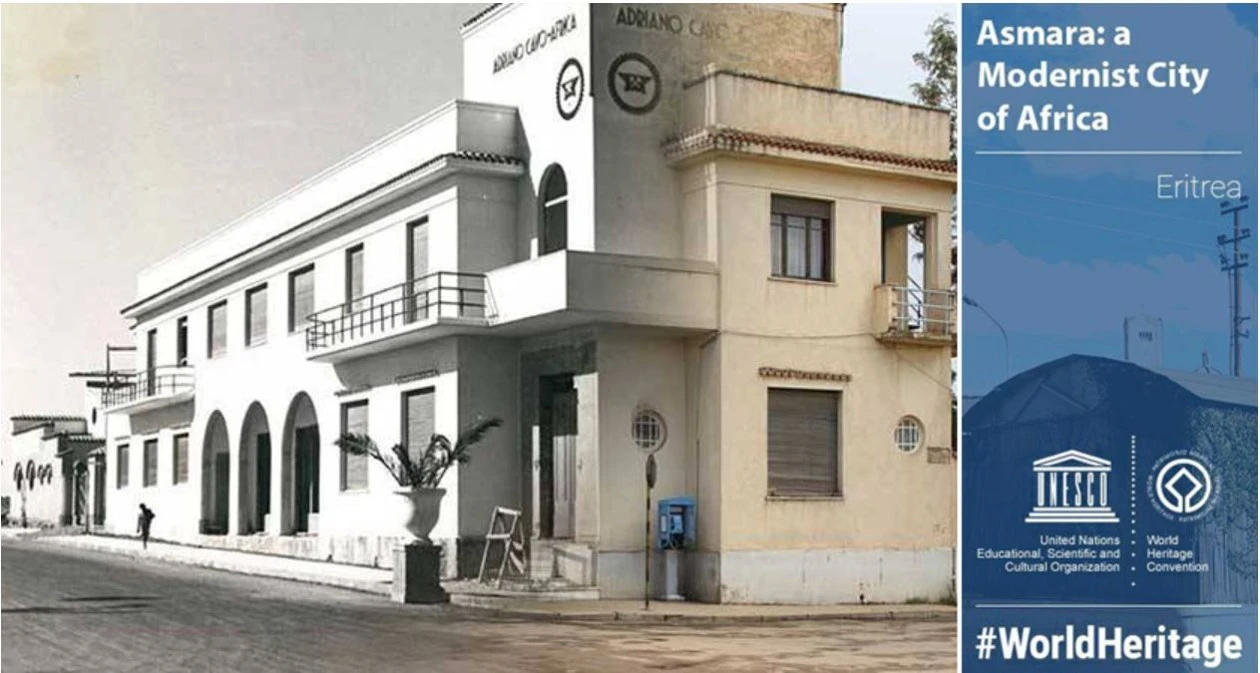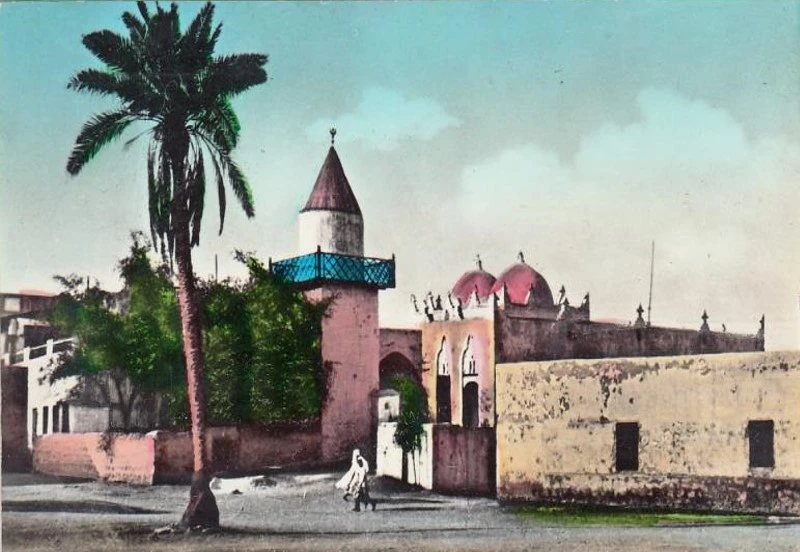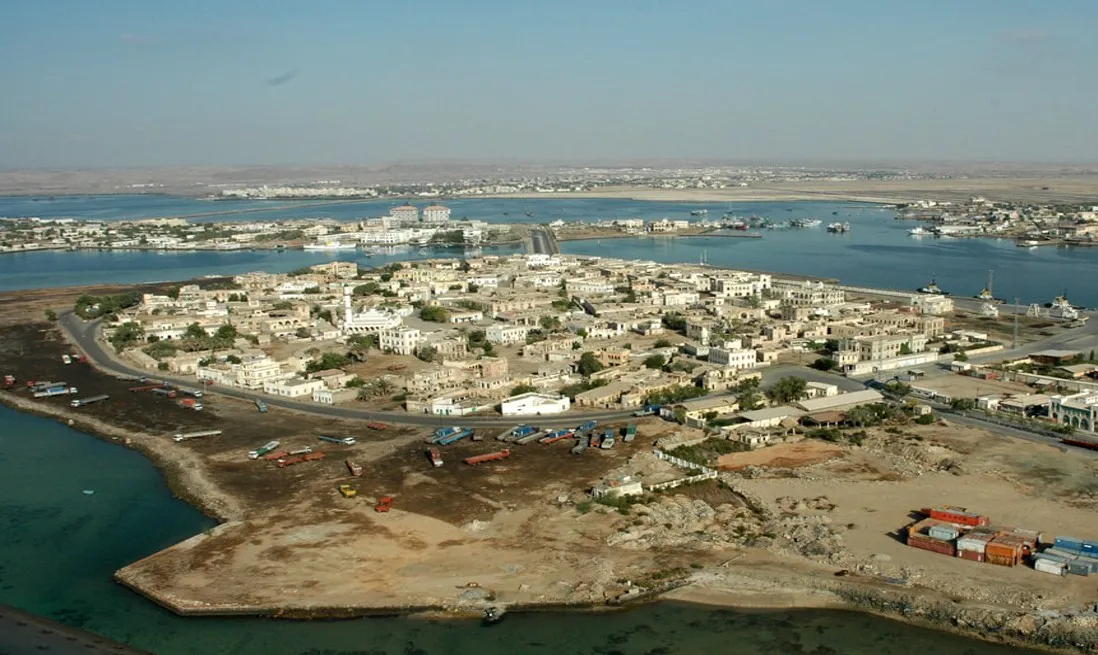International conventions related to Urban Heritage
The Convention of Heritage 1972: It is one of the most important tools to protect and maintain World Cultural Heritage. Most important Organization in this field: The United Nations Educational, Scientific and Cultural Organization (UNESCO). For more information World Heritage Centre (WHC) International Council On Monuments and Sites (ICOMOS) For more information
Urban heritage restoration Methodology and Tools
The methodology and electronic toolkit developed in the context of a project entitled "Urban Cultural Heritage in Conflict Zones" funded by the German Federal Foreign Office and implemented by GIZ under the umbrella of the Archaeological Heritage Network (ArcHerNet) will be used. This toolkit covers four main topics:- Documentation Damage Assessment Legal framework Terms Planning Each topic of the above focuses on the main tasks required to protect and recover elements of urban cultural heritage
Urban Heritage in Eritrea
Eritrea has a diverse urban heritage, which is a continuum of links spanning through the ages. An urban heritage that was built according to distinguished scientific engineering that takes into account the cultural values and the environmental challenges of the climate, which must be documented, protected, and restored.
Classification of the urban heritage in Eritrea chronologically:
- Ancient Era: Gezi, Greek, and Roman civilizations in the city of Adulis and Gezia in the cities of Kohito, Matara, and Debarwa
- The Middle Ages: Islamic civilization in the city of Massawa and the island of Dahlak
- Modern era: Modern European civilization: in the city of Asmara and the city of Massawa
The urban heritage in the cities of the ancient era is mostly buried underground and needs research and exploration work, but the urban heritage in medieval and modern cities still exist above the ground and are visible, so documenting them does not require much effort


